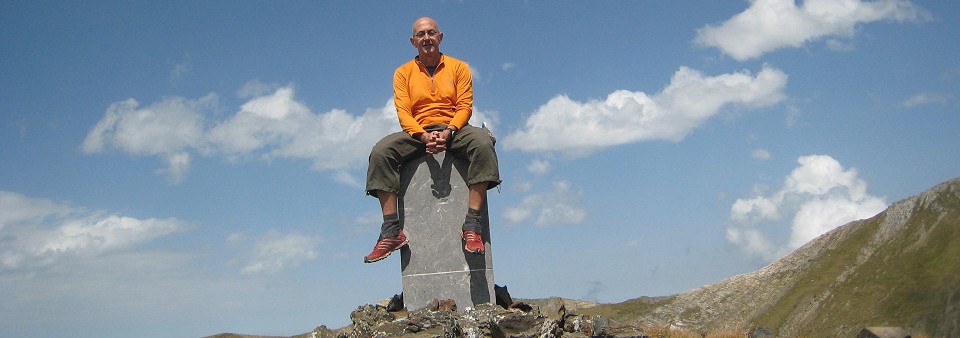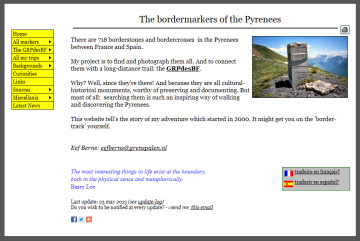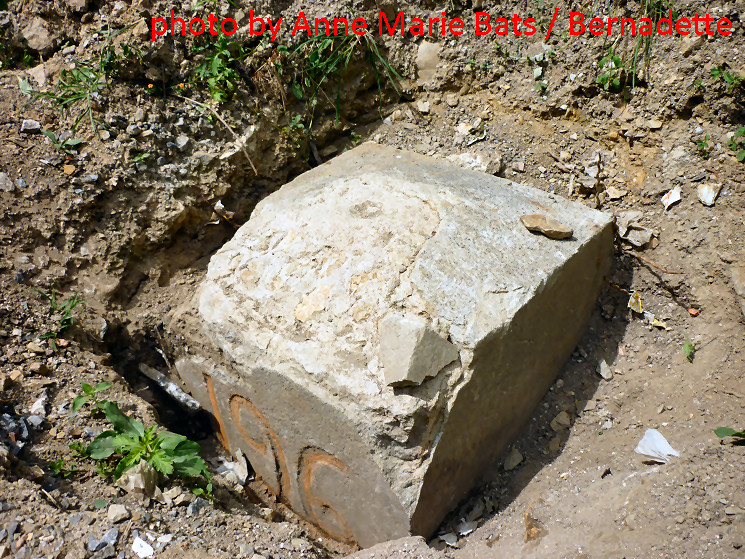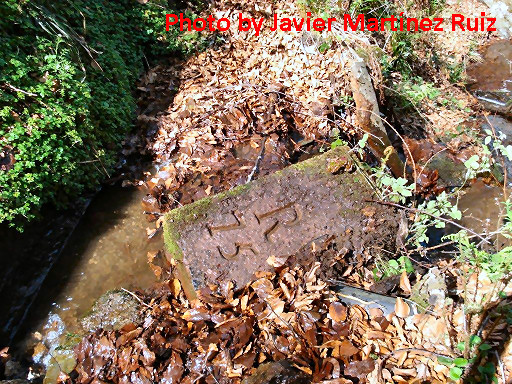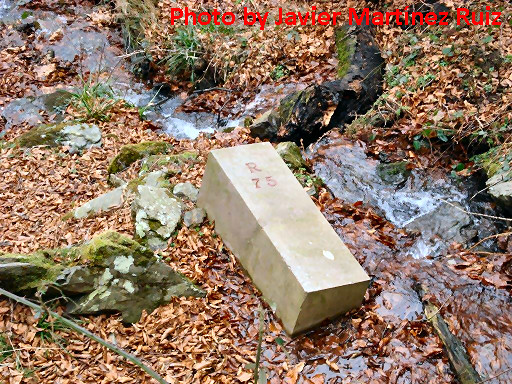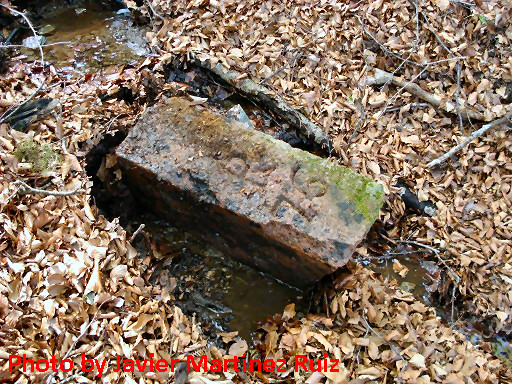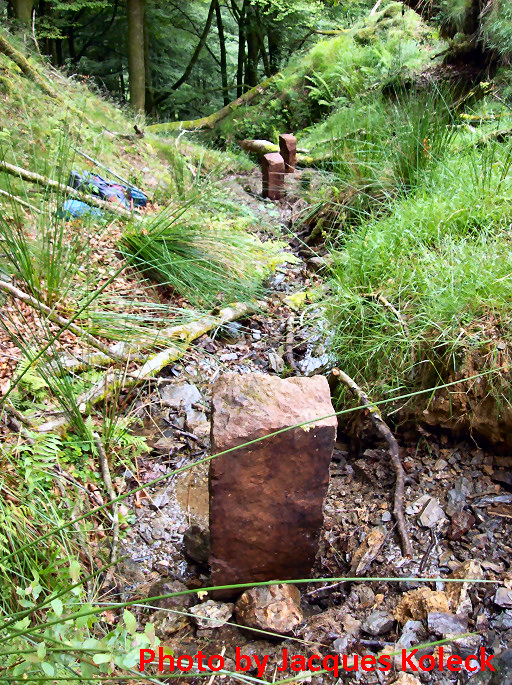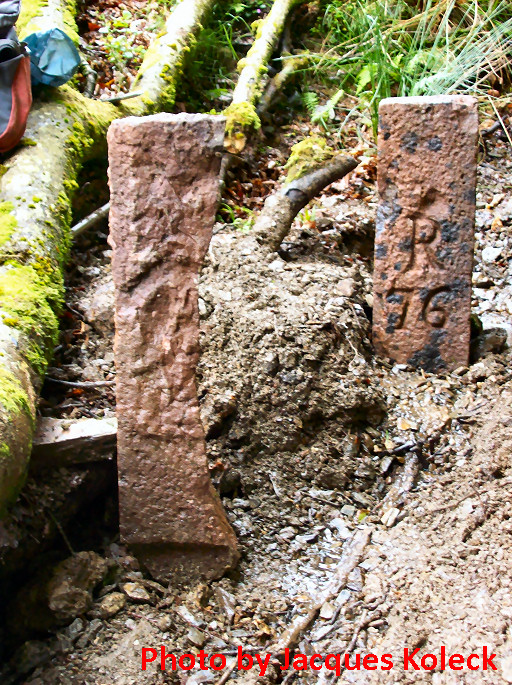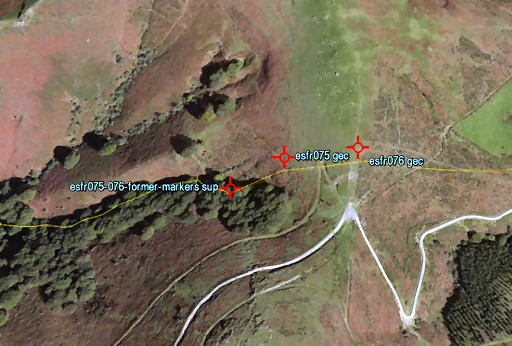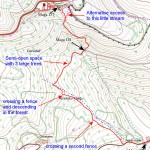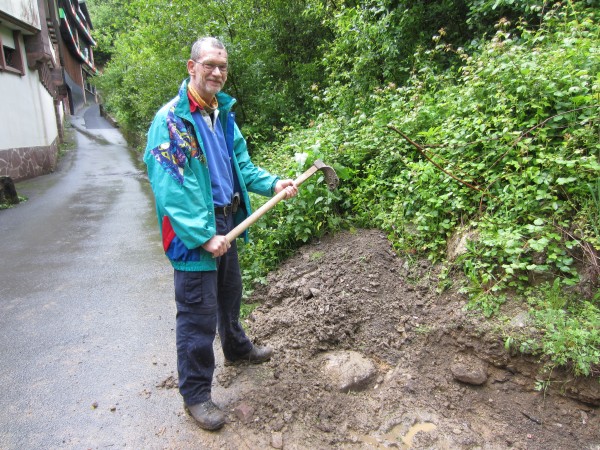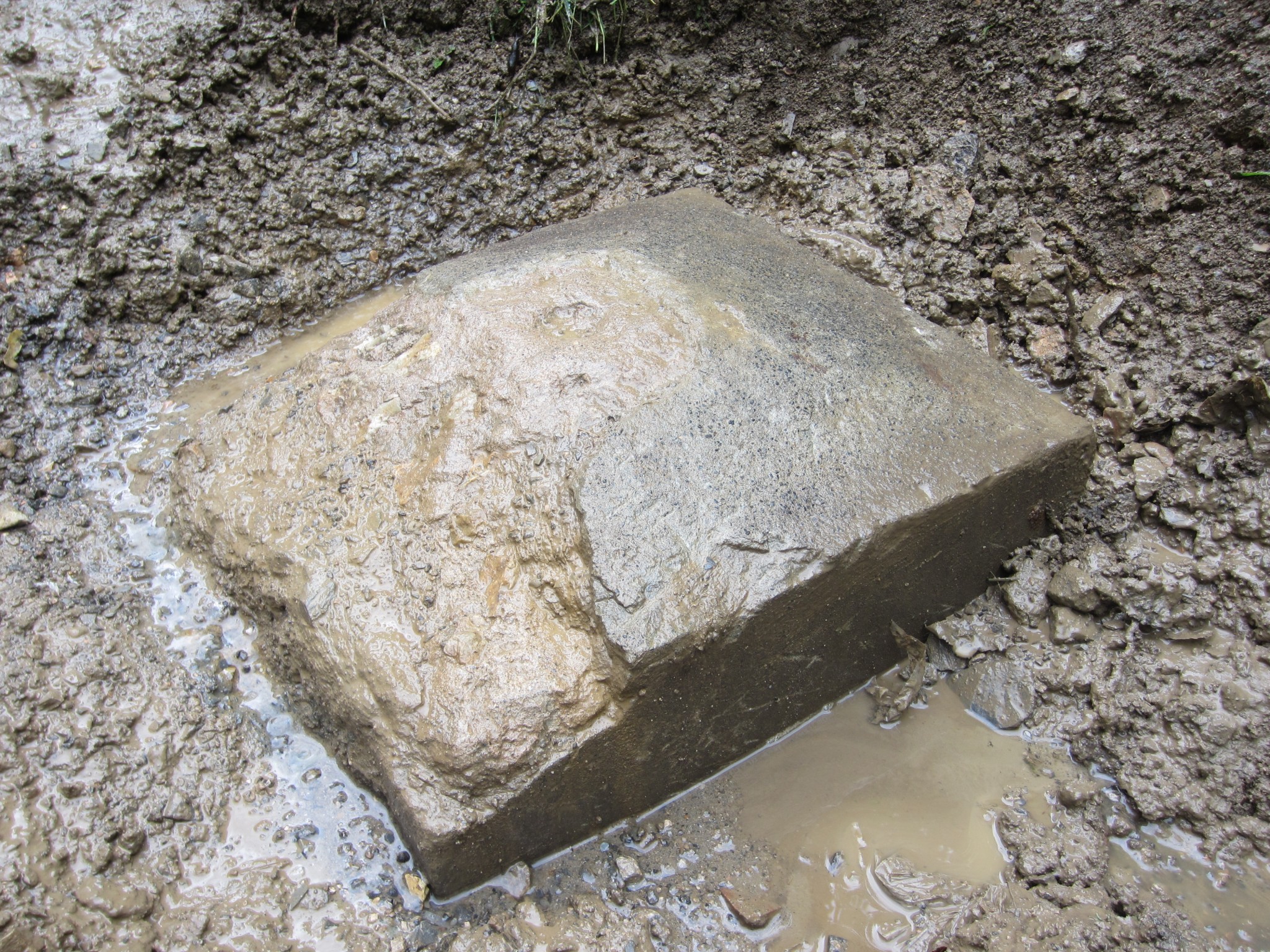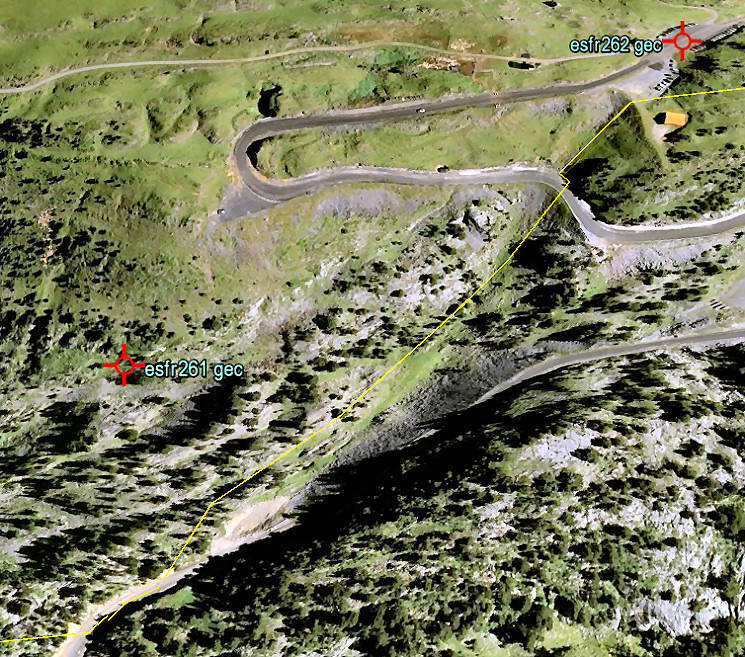I was very happy to receive 344 individual pages (digital) by Jesús Murueta Goikoetxea, also known as ‘Murgoi’ of ‘El Canadiense’. See this post.
I made a Pdf-file of it and called it “The Murgoi-files”. You can read/download it with this link. (it’s a LARGE file: 280mb! Downloading will take time)
They are the accounts of his countless trips undertaken in the years 2000-2003 to find and photograph all the esfr-bordermarkers of the Basque country (no. 1-272). Each bordermarker has its own page and consists of handwritten and typed descriptions, directions and pictures. Part of the pictures are his, others come from other sources. Besides this, there are many maps.
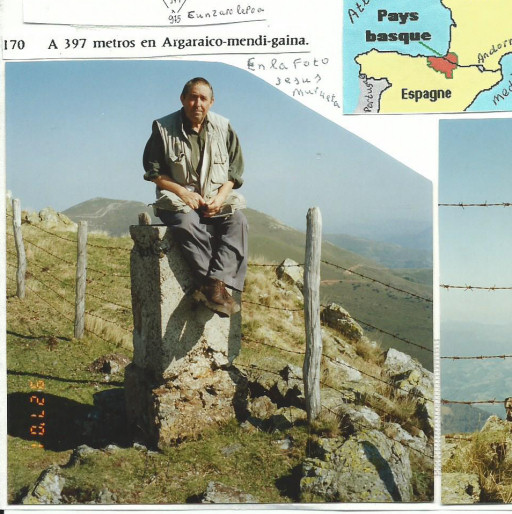
Jesús Murueta Goikoetxea is a native of Bilbao but lives since long in Canada. He returned many times to visit family & friends and to fulfill his dream: this project. Now -being in his seventies – he’s more than happy to share his collection and experiences.
NOTE: you are free to use any information and pictures in these files but always pay respect to Murgoi by referring to him as the source.
